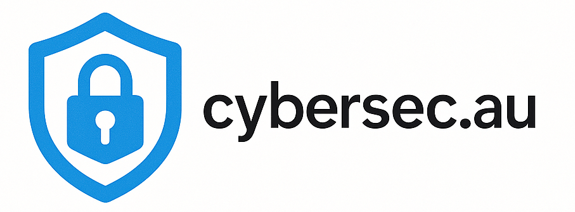Threat intelligence is evidence-based knowledge about existing or emerging threats that can harm an organization. For Australian businesses, threat intelligence provides crucial context for security decisions, enabling proactive defense against cyber threats targeting the region.
🎯 Key Threat Intelligence Benefits
- Enables proactive threat hunting and detection
- Provides context for security alerts and incidents
- Supports risk-based security decision making
- Improves incident response and attribution
Types of Threat Intelligence
Strategic Threat Intelligence
High-level intelligence for executive decision making:
- Threat landscape analysis: Overall threat environment assessment
- Industry targeting: Sector-specific threat trends
- Geopolitical factors: Nation-state and political influences
- Risk assessment: Business impact and likelihood analysis
Tactical Threat Intelligence
Actionable intelligence for security operations:
- Tactics, Techniques, and Procedures (TTPs): How attackers operate
- Attack patterns: Common attack sequences and methods
- Threat actor profiles: Known adversary capabilities and motivations
- Campaign analysis: Ongoing attack campaigns and trends
Technical Threat Intelligence
Technical indicators for automated defense:
- Indicators of Compromise (IOCs): IP addresses, domains, file hashes
- Malware signatures: Known malicious code patterns
- Network indicators: Suspicious network traffic patterns
- Behavioral indicators: Anomalous system and user behaviors
Operational Threat Intelligence
Intelligence for immediate security operations:
- Active campaigns: Current ongoing attack campaigns
- Emerging threats: New vulnerabilities and exploits
- Attribution data: Threat actor identification and tracking
- Incident correlation: Linking related security events
Threat Intelligence Sources
Open Source Intelligence (OSINT)
Publicly available threat information:
- Government feeds: ACSC, CISA, and other national agencies
- Security vendors: Public threat reports and advisories
- Research organizations: Academic and industry research
- Community sharing: Security community forums and platforms
Commercial Threat Intelligence
Paid intelligence services and platforms:
- Threat intelligence platforms: Recorded Future, ThreatConnect, Anomali
- Vendor-specific feeds: CrowdStrike, FireEye, Mandiant intelligence
- Industry consortiums: Sector-specific threat sharing groups
- Dark web monitoring: Criminal marketplace surveillance
Internal Intelligence
Organization-specific threat data:
- Security logs: Internal system and security event data
- Incident history: Past security incidents and lessons learned
- Vulnerability data: Internal vulnerability assessments
- User behavior: Baseline user and system behavior patterns
Threat Intelligence Platforms
Key Platform Capabilities
- Data aggregation: Collect intelligence from multiple sources
- Analysis and correlation: Process and analyze threat data
- Visualization: Present intelligence in actionable formats
- Integration: Connect with security tools and SIEM platforms
- Automation: Automated threat hunting and response
Popular Threat Intelligence Platforms
Recorded Future
- Real-time threat intelligence collection and analysis
- Predictive analytics and risk scoring
- Integration with security tools and workflows
- Dark web and criminal marketplace monitoring
ThreatConnect
- Collaborative threat intelligence platform
- Custom intelligence analysis and reporting
- Threat hunting and investigation tools
- Integration with security orchestration platforms
Anomali
- Threat intelligence management and analysis
- Machine learning-powered threat detection
- Community threat sharing capabilities
- Integration with security infrastructure
Implementing Threat Intelligence
Intelligence Requirements
Define what intelligence your organization needs:
- Industry-specific threats: Threats targeting your sector
- Geographic threats: Threats targeting Australian organizations
- Technology-specific threats: Threats to your technology stack
- Regulatory threats: Compliance and regulatory risks
Collection and Processing
Gather and process threat intelligence data:
- Automated collection: APIs and feeds for real-time data
- Manual research: Human analysis of complex threats
- Data normalization: Standardize intelligence formats
- Quality assessment: Validate intelligence accuracy and relevance
Analysis and Dissemination
Transform raw intelligence into actionable insights:
- Threat analysis: Assess threat relevance and impact
- Attribution analysis: Identify threat actors and motivations
- Trend analysis: Identify patterns and emerging threats
- Reporting: Distribute intelligence to relevant stakeholders
Working with Threat Intelligence Providers
Many Australian businesses partner with cybersecurity MSPs for threat intelligence services. Leading providers like Affinity MSP offer:
- Threat intelligence platform management and analysis
- Custom threat research and investigation
- Integration with existing security infrastructure
- Threat hunting and proactive defense services
- Regular threat briefings and strategic analysis
Enhance Your Threat Intelligence Capabilities
Effective threat intelligence requires expertise in analysis, integration, and operational application. Partner with Australia's cybersecurity specialists for comprehensive threat intelligence services.
Get Threat Intelligence Support